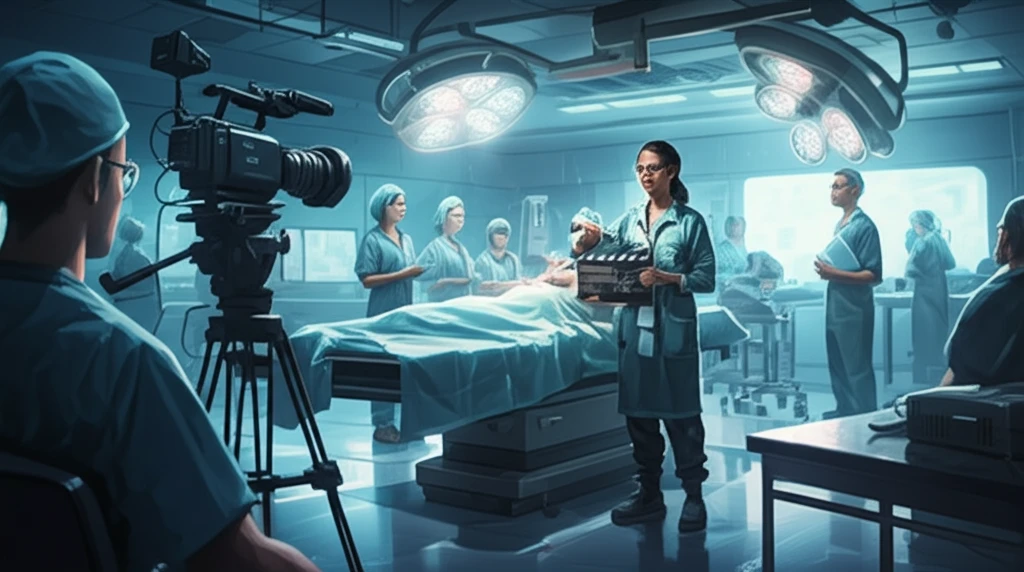
Lights, Camera, Healthcare: How Medical Students Are Revolutionizing Skills Training with Educational Videos
"Ditch the dusty textbooks! A new wave of medical students is harnessing the power of video to create dynamic, accessible, and confidence-boosting learning tools."
The traditional path of medical education is undergoing a dynamic transformation. Early exposure to procedures and competencies is essential for grounding the practical application of learned theory. Medical students are embracing the integration of technology and innovative teaching methods to enhance and accelerate their learning, while ensuring patient safety.
One particularly promising methodology is medical simulation, a safe and controlled environment where future doctors can repeatedly practice, hone their skills, and prepare for the complexities of real-world scenarios. Simulation not only allows for the safe repetition of procedures, but also immerses students in situations that require them to develop vital non-technical skills, such as effective communication, teamwork, collaboration, and sound decision-making.
Checklists and guides, breaking down complex tasks into manageable steps, have long been valuable tools in skills acquisition. Now, medical students are revolutionizing these tools by creating educational videos that combine the structure of a checklist with the visual power of multimedia, paving the way for a new era of medical education.
Lights, Camera, Education: Medical Students Take the Director's Chair

Inspired by the potential of multimedia learning, two medical students embarked on a project to produce educational videos for their peers. Recognizing the effectiveness of short, focused tutorials, they set out to create videos that would:
- Auscultation of Arterial Blood Pressure – Non-Invasive
- Oropharyngeal Intubation
- Sensory Function Testing
- Motor Strength Test I & II
- Motor Coordination and Balance Test
- Cranial Nerve Examination
- Deep Tendon Reflexes
- Papanicolaou Examination
From Students, For Students: A New Vision for Medical Education
This project demonstrates the immense potential of student-led initiatives in medical education. By harnessing the power of video, medical students are not only enhancing their own learning but also creating valuable resources for their peers. These videos, readily accessible and easily digestible, can be used in classrooms, study groups, or for individual learning, ensuring that all students have the opportunity to master essential skills and build confidence.
